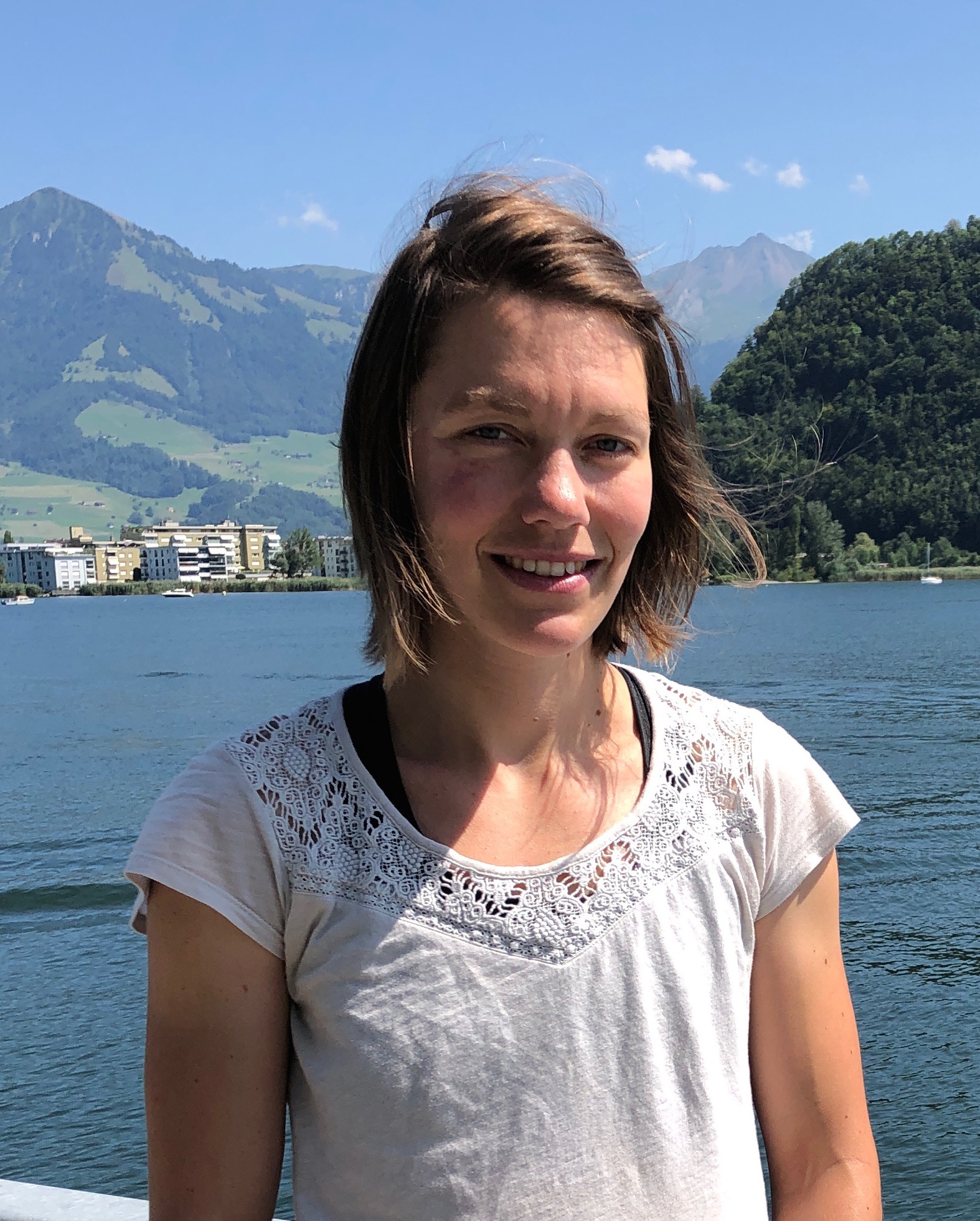About
I am a Staff Scientist at [C]Worthy, a small non-profit research organization dedicated to quantifying the efficiency and ecological impacts of ocean-based carbon dioxide removal (CDR). At [C]Worthy, I use ocean circulation models such as Oceananigans.jl and ROMS-MARBL to investigate how physical ocean processes influence CDR outcomes. My work focuses on developing faster and more efficient methods for running ocean biogeochemical simulations and performing CDR calculations. I also build open-source software tools to ensure these simulations are reproducible and accessible to the broader research and CDR communities.
Before joining [C]Worthy, I worked with the Ocean Transport and Eddy Energy Climate Process Team (CPT) and M2LInES Team, where I studied ocean mesoscale eddy parameterizations in both projects. My research with the CPT focused on theoretical and numerical modeling approaches to embedding physical and energy constraints into ocean eddy parameterizations. As part of the M2LInES project, I applied machine learning techniques to develop hybrid climate models, integrating machine-learned eddy parameterizations with traditional ocean model dynamical cores. During my PhD, I worked on adjoint modeling, ocean state estimation and uncertainty quantification within the ECCO project.
I develop open-source software tools in Python and Julia to support efficient, reproducible, and open science within our community. I have led the development of two open-source Python packages: GCM-Filters and ROMS-Tools. I am also a PI in the DJ4Earth project, where we are making Julia-based Earth system models, including Oceananigans, differentiable. Differentiable Earth system models enable an online approach to training hybrid climate models, where machine learning techniques can be seamlessly integrated with physical model dynamics.
When I’m not doing research, I enjoy being active outdoors and spending time with my toddler. I love rock climbing, trail running, and backcountry skiing.
